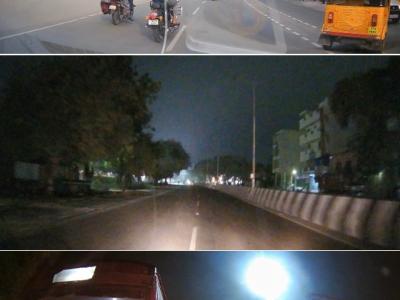
This is a subset of the original GDB-9-Ex_EOM-CCSD dataset at https://doi.org/10.13139/OLCF/2318313. It consists of 100 randomly selected molecules from the original dataset that consists of 80,593 molecules. This dataset contains data-intensive quantum chemical electronic structure calculations for organic molecules of the GDB-9-Ex dataset. Calculations were performed using the Equation of Motion Coupled Cluster (EOM-CCSD) first principles method using the ORCA software. It provides UV-vis spectra calculations of molecules with a high level of accuracy.
- Categories:


